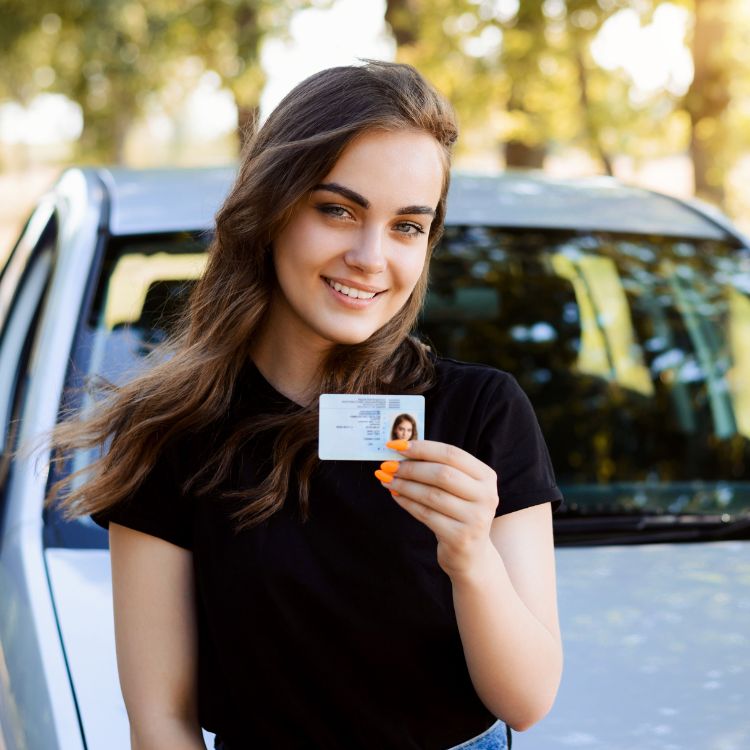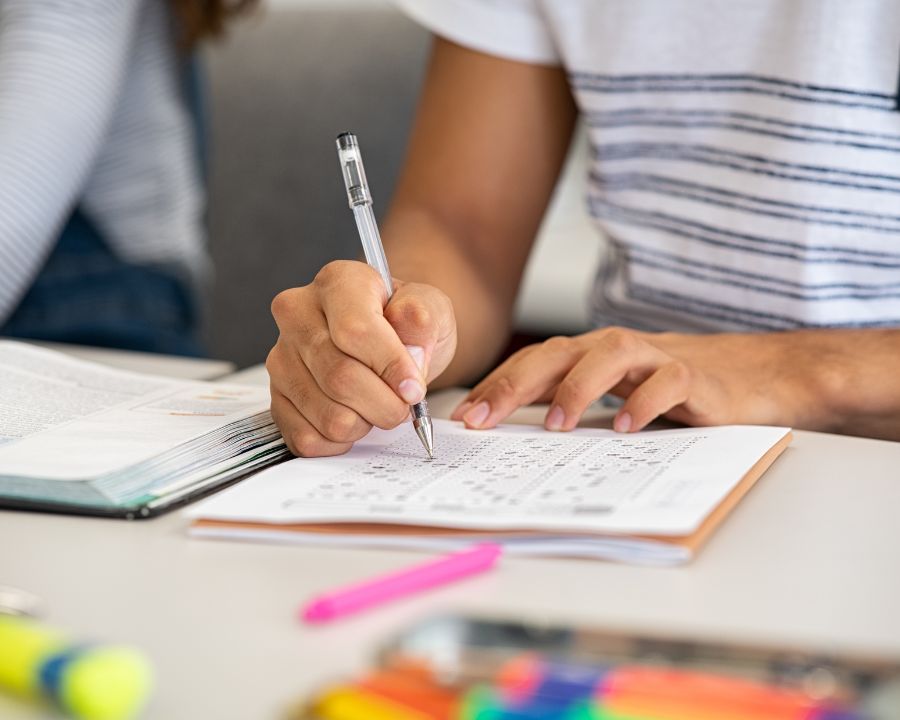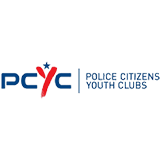Driver learner licence: Your key to independence
Start your journey towards becoming a licensed driver and discover the essential steps to obtain your learner licence.
Obtaining a driver’s learner licence is an exciting milestone for young adults, marking the beginning of their journey towards independence on the road. This crucial first step opens up a world of opportunities and responsibilities, requiring careful preparation and understanding of the process.
In Australia, the path to becoming a fully licensed driver typically begins with obtaining a learner’s licence. This initial phase allows new drivers to gain essential skills and experience under supervision, ensuring they’re well-prepared for the challenges of solo driving.
According to recent statistics from a 2023 survey conducted by Budget Direct, nearly 40% of participants in the 18-27 age group admitted to exaggerating the hours they recorded in their log books and nearly 5% were found to be at fault when involved in an accident. This highlights one instance among many where understanding the gravity of the eligibility criteria for obtaining a learner licence is critical for young drivers and joining the significant proportion of other licensed young drivers already occupying the road.
Key requirements to start your driving journey
Embarking on your journey to become a licensed driver is an exciting milestone, but it comes with important responsibilities. Before you can get behind the wheel, there are several key requirements you need to meet. These criteria are designed to ensure that new drivers are prepared, both in knowledge and capability, to begin learning on the road safely. Let’s explore a few of the main eligibility criteria you’ll need to satisfy to obtain your driver learner licence.

Age requirement
To be eligible for a driver learner licence in Australia, you must meet the minimum age requirement set by your state or territory. Generally, this ranges from 15 years and 9 months to 16 years, depending on your location. For example, in New South Wales, you must be at least 16 years old, while in Queensland, you can apply for a learner’s licence at 16 years. It’s essential to check the specific age requirement in your state or territory to ensure you’re eligible to apply.

Proof of identity
You’ll need to provide valid proof of identity documents when applying for your learner’s licence. Acceptable forms of identification typically include an Australian birth certificate, passport, or citizenship certificate. Some states may also need additional documents, such as proof of residency. Make sure to get all necessary documents before applying to avoid any delays in the process. Check your local transport authority’s website for a list of accepted identity documents.

Pass the Driver Knowledge Test
Before obtaining your learner licence, you must pass the Driver Knowledge Test (DKT) or an equivalent test in your state. This computer-based assessment evaluates your understanding of road rules, traffic signs, and safe driving practices. The test usually consists of multiple-choice questions, and you’ll need to achieve a minimum score to pass. It’s crucial to study the road rules handbook thoroughly and consider taking practice tests to prepare effectively for this important step.

Medical fitness
You must meet certain medical standards to be eligible for a driver learner licence. This involves disclosing any medical conditions that might affect your ability to drive safely. In some cases, you may need to provide a medical certificate from your doctor confirming your fitness to drive. Common conditions that may require assessment include epilepsy, diabetes, and vision impairments. Be honest about your medical history to ensure your safety and the safety of others on the road.
What Our Community Says About Us
Our Partners





How Youthsafe can help
Youthsafe is a leading organisation dedicated to promoting youth safety in Australia. We offer a wide range of services and programs including the Driver Licensing Access Program (DLAP) specifically designed to support young people as they navigate the challenges of becoming licensed drivers.
We provide educational resources, workshops, and training programs that focus on road safety and responsible driving practices. Our initiatives aim to equip young drivers with the knowledge and skills needed to make safe decisions on the road.
FAQs
If you fail the Driver Knowledge Test (DKT), don’t be discouraged – it’s a common experience for many learner drivers. In most states, you can retake the test after a short waiting period. In NSW, for example, you can retake the test after 12 hours. However, some states may require a longer waiting period or limit the number of attempts within a certain timeframe.
Preparing for the Driver Knowledge Test (DKT) is crucial for success. Here are some effective strategies:


